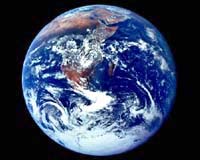
 |
The world's 12th longest river, which snakes through Tibet, China, Myanmar, Thailand, Laos, Cambodia and Vietnam, provides a crucial supply of food and water to Cambodians and millions of others living in the basin.
"It's equal to the lowest it's been since 1999. It will go lower certainly in April and probably in May, depending on when the wet season starts," said Ian Campbell, environmental specialist at the Mekong River Commission secretariat.
"There's only been eight years of the past 44 that it's been lower than it is now. It's the weather, there was very little rain at the start of the wet season, two months of normal rain and then it ended early," he told AFP.
He said the commission's data showed a steady and gradual decline in the Mekong's flow from China to Vietnam, indicating that massive Chinese dams were not responsible for the current low levels.
"The further down you come, the worse the condition is. If Chinese dams were responsible you would expect it be more severe in northern Laos, near the dams, and then this would be ameliorated as you come downstream," he said.
Campbell warned that the biggest impact from last season's low rainfall would be a lower haul of fish as flood areas declined around the Tonle Sap lake, Southeast Asia's largest freshwater lake.
China's hydropower dams result in more variable water levels day-to-day, particularly just downstream, which could further reduce fish and other aquatic life in the river, the commission has already warned.
Over 60 million people live in the Mekong's basin area, around 80 percent of whom are farmers and fishermen depending directly on its natural resources.
The Mekong River Commission is a joint Cambodian, Lao, Thai and Vietnamese government body set up to manage the river basin.
TERRA.WIRE |